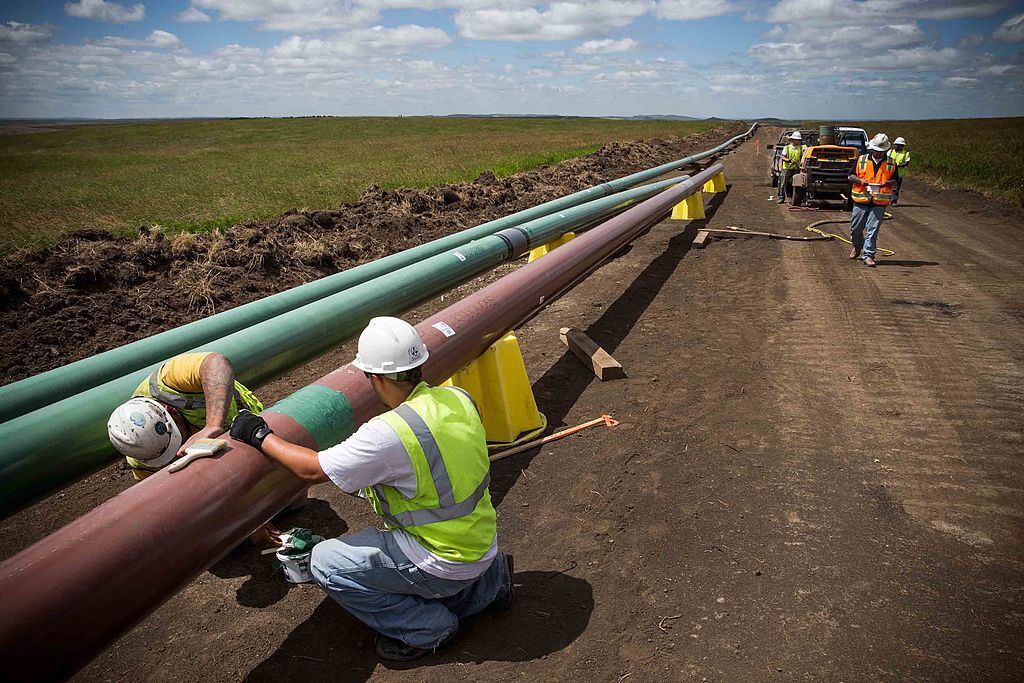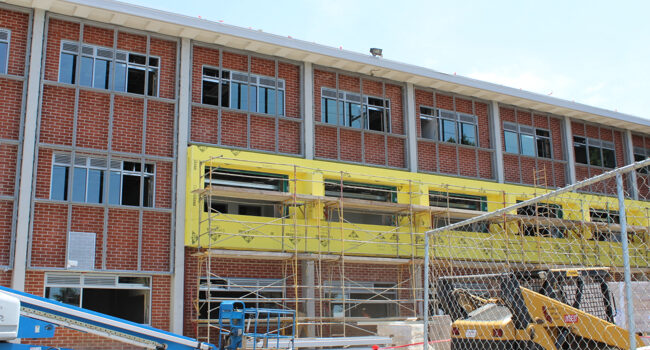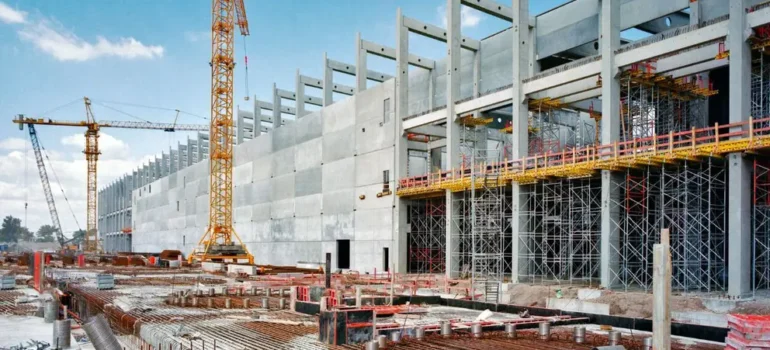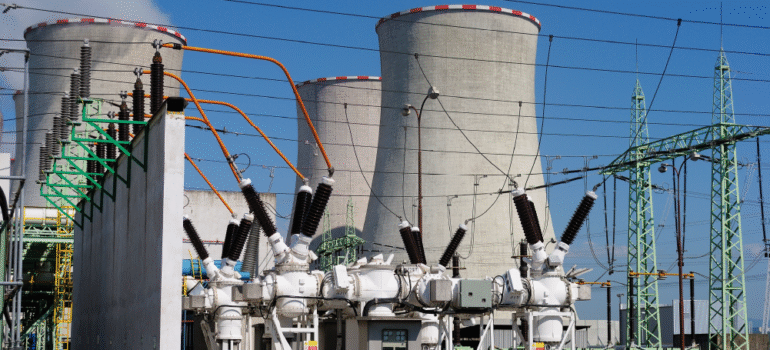Oil & Gas Industry Facility Construction
**Safety in Oil & Gas Industry Facility Construction** In the oil and gas industry, safety is paramount during facility construction. The complex nature of these projects, combined with the inherent risks involved, demands a robust safety management system and meticulous planning from the outset.
Before construction begins, it is crucial to conduct a thorough risk assessment to identify potential hazards. This includes evaluating the site conditions, materials to be used, and the experience of the workforce. Proper training and certifications for all personnel involved are essential to ensure they are equipped to handle safety protocols effectively. Implementing safety measures such as clear signage, personal protective equipment (PPE), and safety briefings can significantly reduce the risk of accidents on-site.
Regular inspections should be carried out to monitor compliance with safety standards, and any issues identified should be addressed immediately. Communication plays a vital role in maintaining a safe construction environment.
Establishing a culture where workers feel empowered to voice concerns can lead to improved safety outcomes. Moreover, continuous improvement and feedback mechanisms can help refine safety practices and foster a proactive approach to risk management.
In conclusion, prioritizing safety in oil and gas facility construction not only protects workers but also enhances project efficiency and compliance with regulatory requirements. By focusing on a comprehensive safety strategy, companies can ensure that their projects are completed successfully and safely.
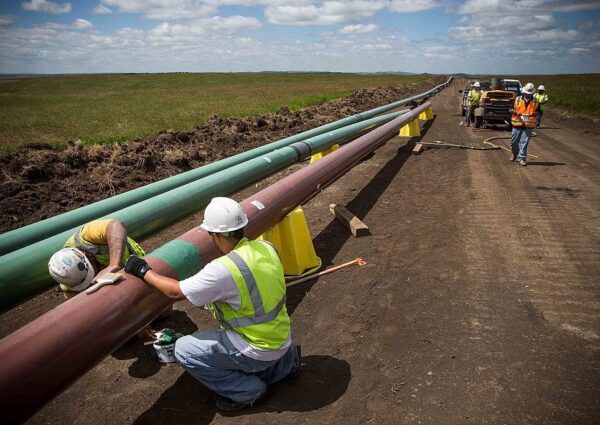
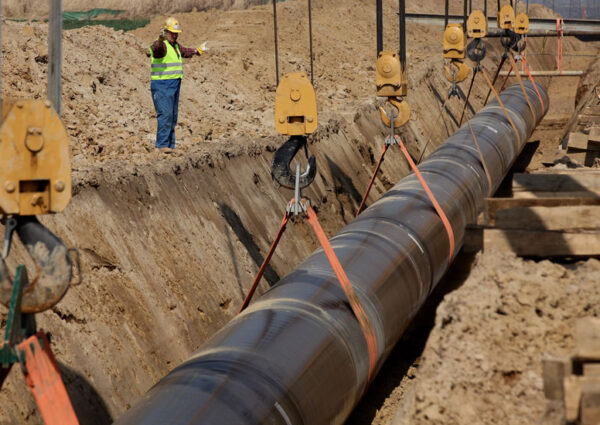
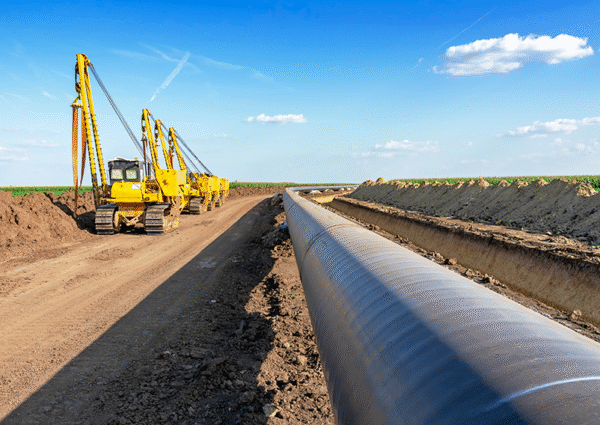
Why Choose Our Service
### Offshore and Pipelines: Oil & Gas Industry Facility Construction In the oil and gas industry, the construction and installation of offshore facilities and pipelines are critical for ensuring the efficient extraction and transportation of resources. This complex undertaking requires meticulous planning, robust engineering, and adherence to strict safety standards to mitigate environmental impacts and satisfy regulatory requirements. #### Construction Overview The construction of offshore facilities involves several key steps:
1. **Site Assessment and Planning**: Before any construction can commence, a comprehensive site assessment is conducted. This includes geological surveys, environmental impact assessments, and logistical planning to determine the best approach for facility installation.
2. **Engineering Design**: Once the site is assessed, detailed engineering designs are developed. This includes the structural design of platforms, pipelines, and associated infrastructure, ensuring they can withstand harsh marine conditions.
3. **Fabrication**: Components for offshore facilities are often fabricated at shore-based facilities. This stage involves precise manufacturing of platforms, pipeline segments, and other components, readying them for transport to the installation site.
4. **Transportation**: The transportation of heavy and oversized components to offshore sites requires specialized vessels. Proper planning ensures that all pieces arrive safely and on schedule.
5. **Installation**: The installation phase is where components are assembled and set in place. This requires skilled personnel and advanced equipment for lifting and placing heavy structures in challenging marine environments.
6. **Pipeline Construction**: Pipelines are laid using techniques such as trenching or by employing dynamically positioned vessels for deeper waters. Continuous monitoring and testing ensure the integrity and functionality of the pipeline system.
7. **Commissioning and Testing**: Once all components are installed, rigorous testing and inspections are conducted to guarantee that the facility operates according to safety and performance standards.
#### Safety and Environmental Considerations Safety is paramount in offshore construction, with stringent protocols in place to protect workers and the environment.
Regular training, safety drills, and compliance with international safety regulations are necessary to prevent accidents. Additionally, environmental management plans are critical to minimize the ecological footprint of offshore operations.
This includes measures to protect marine life and ensure the responsible handling of any by-products associated with construction activities.
#### Conclusion The construction and installation of offshore facilities and pipelines are vital for the oil and gas industry, driving economic growth and supplying energy to meet global demands. With careful planning, innovative engineering solutions, and a strong commitment to safety and the environment, these projects can be successfully realized. For more information about our services in offshore and pipeline construction, please contact us at info@kechconstruction.co.uk

